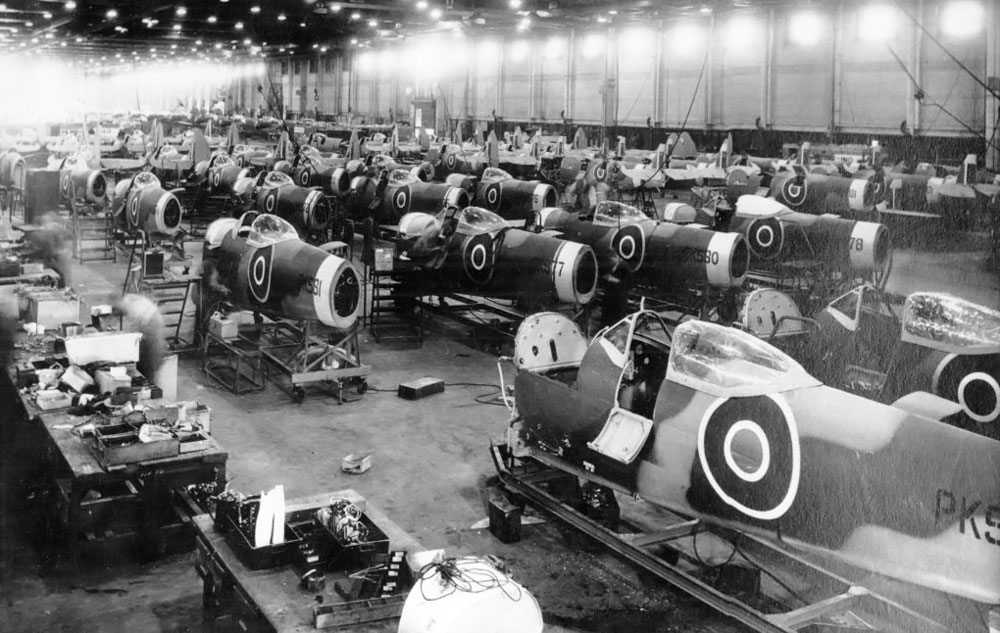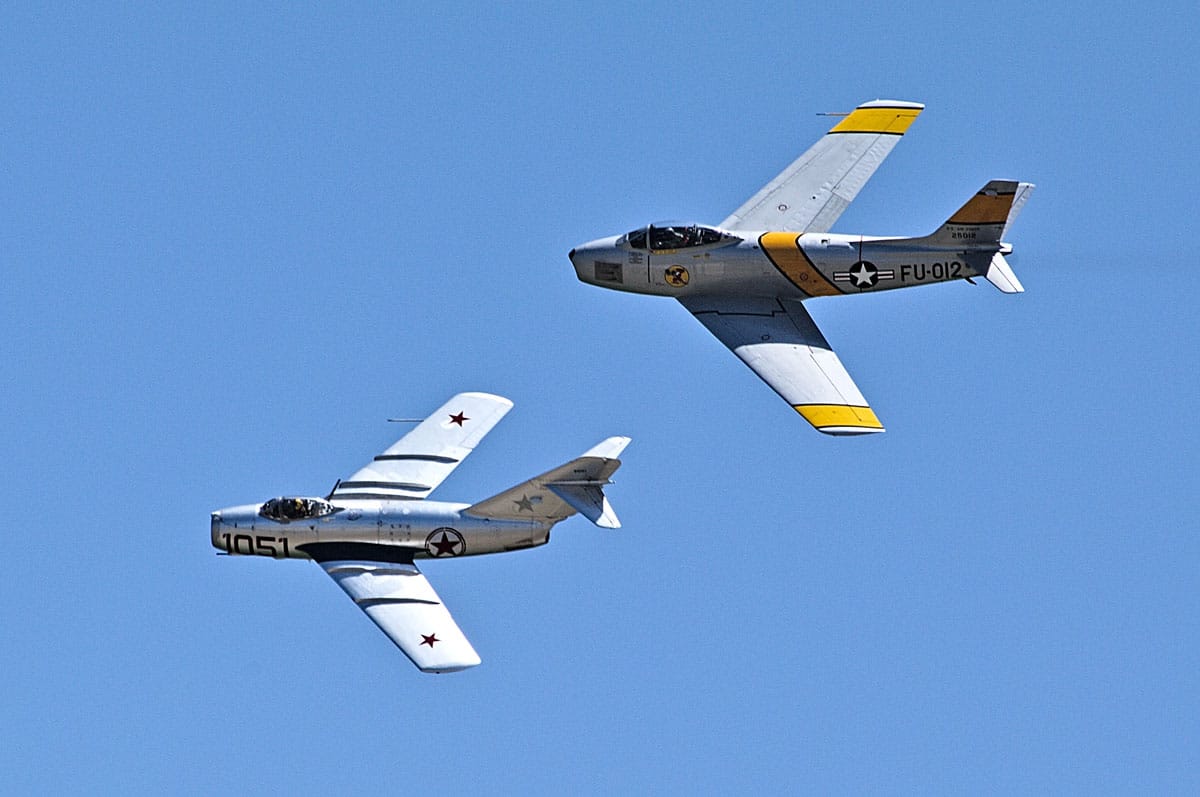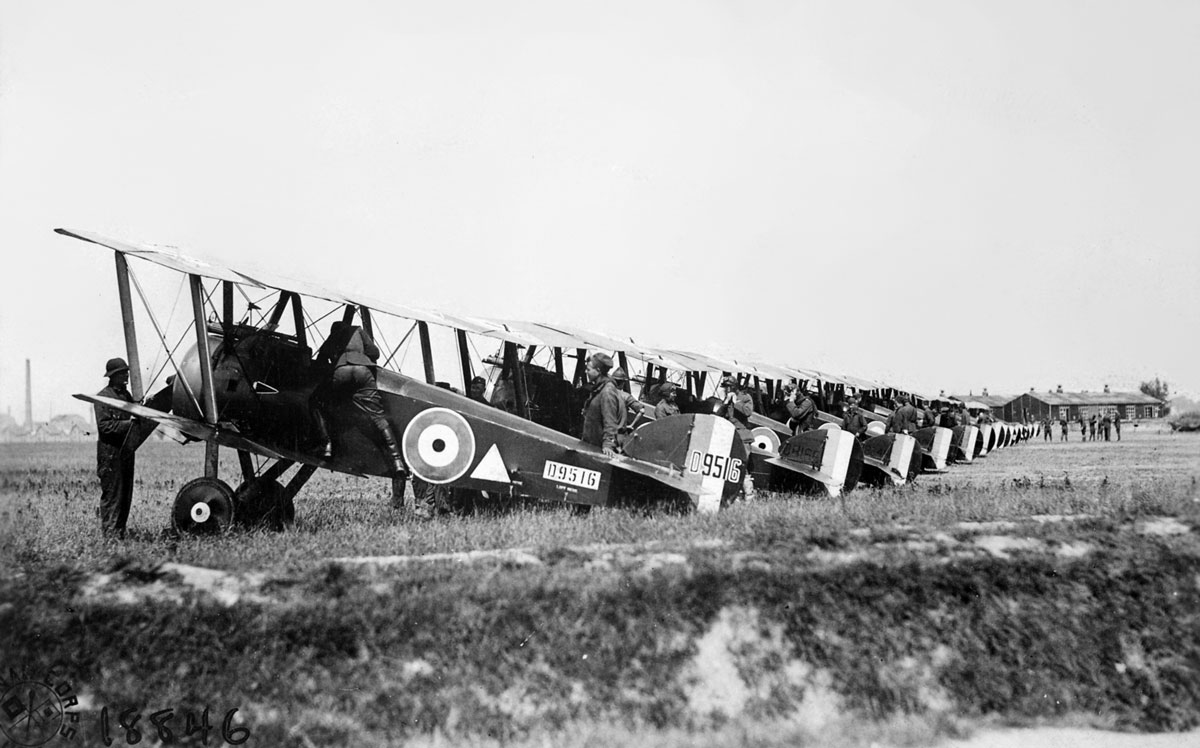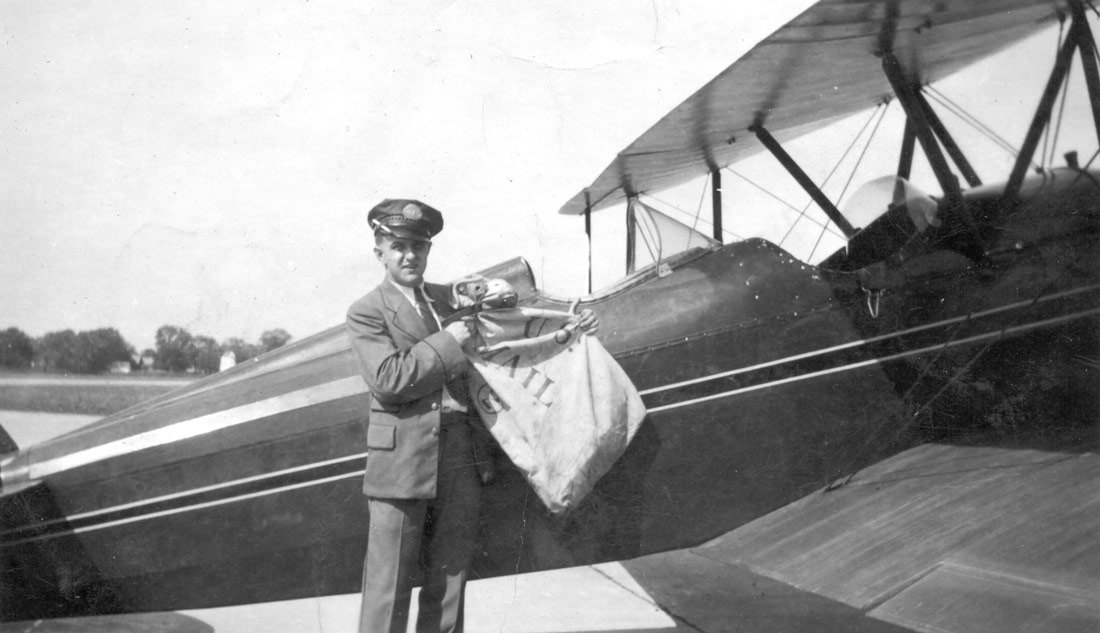The Fairey Rotodyne and Other Gyrodynes: The Original Heliplanes
During the years after World War II, helicopters and jets began to become a larger part of the aviation scene. In the midst of this revolution, many less-than-glorious airframes and plane concepts were experimented with before ultimately being discarded. The gyrodyne, a VTOL hybrid of fixed wing and powered rotor craft, was a product of this era. The now-defunct British aircraft manufacturer Fairey would ultimately pioneer the gyrodyne concept, producing a number of prototypes while attempting to find a niche for gyrodynes before eventually merging with Westland Aircraft.
What is a gyrodyne, anyway?
In short, gyrodynes are an early attempt to combine the maneuverability and VTOL capabilities of a helicopter with the speed of a typical fixed wing aircraft. Gyrodynes use both a rotor as well as propellers or jet engines for thrust. The rotor is powered during takeoff, and utilized at a rate of lower power consumption for extra lift during cruising. The propellers or jet engines are used to generate thrust during cruising, and can afford additional maneuverability to the aircraft, mimicking the tail rotor of a traditional helicopter.
In modern times, we’d view tiltrotor aircraft like the V-22 Osprey as being comparable in purpose to gyrodynes because they combine vertical takeoff with high cruising speed, frequently sharing difficulty during the transition between flight modes. In a sense, the V-22 is the culmination of the US military’s testing and discarding of gyrodyne aircraft like the Bell 533, the Piasecki 16H Pathfinder, and the Sikorsky S-69. Tiltrotors were ultimately more effective for the military purpose of mid-range VTOL airlift, just as helicopters proved to be more effective for short range VTOL airlift.
Why gyrodynes?
Supposedly offering safety and mechanical simplicity advantages over tiltrotor or tiltwing aircraft, gyrodynes were trialed by the US, the UK, and the Soviet Union. Most of the hypothetical gyrodyne applications were military, with the largest interest beginning in the arms race of the 1950s and petering out by the late 60s. The Soviet Kamov Ka-22 gyrodyne of 1961 vintage was the most technically successful aircraft, setting the world records for gyrodyne airspeed, altitude, payload weight, and ascending speed with over 16,000 kg of cargo. Though the Ka-22’s world records stand to this day, it was plagued with accidents during testing, and was ultimately scrapped in favor of the Mi-8 helicopter.

Though gyrodynes were originally conceived as being used for military purposes, the British manufacturer Fairey Aviation would produce prototypes for civilian use in response to a request for proposals issued by a British airline. Fairey had already been involved in the gyrodyne space since the 1940s, having produced a prototype for the British Navy. The Fairey’s experimental FB-1 gyrodyne acted as a proof of concept for the gyrodynes, and capture the imagination of many within the aviation community despite eventually being cancelled due to comparable helicopter designs of the period performing better. This cancellation due to superior competition would become the defining theme of gyrodyne development moving forward.
The Fairey Trials
As a gyrodyne would be able to quickly and efficiently traverse distances typically too short to warrant flying, Fairey envisioned their next gyrodyne design as a shuttle that could bridge the distance between major cities. Sight unseen, many British aviation authorities at the time viewed a public gyrodyne transit system as nearly inevitable despite lacking any actual working prototypes to demonstrate their viability. Fairey realized the potential to be first to the huge market, and thus the Fairey Rotodyne transport gyrodyne was born. The Rotodyne prototype could seat three dozen people, and held a stellar safety record throughout its testing and preliminary use.
The immediate reaction was quite positive, with many potential customer countries showing interest, including Japan, the USA, and France. Though the desires of their potential customers were often radically different from Fairey’s intent, development of the Rotodyne as a passenger aircraft continued, with variants planned for aerial crane, military transport, and mass transport. By this time, helicopters were reaching mainstream popularization and were blatantly eating up the potential market share of the gyrodynes, which were still in prototype phase.
Despite its promise and now-worldwide following, development of the Rotodyne began to falter. No customers were willing to commit to buying the first batch of the aircraft, instead preferring to wait for the RAF’s (Royal Air Force) small-scale purchase and trial to pan out. Customers also complained about the noise that the Rotodyne made while transitioning between takeoff and forward thrusting with propellers. Though Fairey attempted to placate their customers intending to use the Rotodyne for civilian air shuttling by promising to silence the engines, the issue of waiting for the first buyer become more and more intractable.
Eventually the RAF would back out of their commitment to purchase a dozen Rotodynes due to high development costs. This setback would cascade and ultimately spell the end of the Rotodyne, public interest in gyrodynes, and Fairey Aviation itself. Many simultaneous gyrodyne trials would peter out, and high-speed helicopter research would look elsewhere for inspiration.
Back from the grave?
While gyrodynes are largely relics of the past, there is some interest in rekindling development of high-speed VTOL military aircraft by the US and others. Modern testing of aircraft like the X-49A SpeedHawk and the Eurocopter X3 shows that militaries worldwide see a niche that gyrodynes can potentially serve. DARPA is currently developing a next-generation gyrodyne in conjunction with Groen Brothers Aviation (now Groen Aeronautics). Given that many aircraft development projects take decades to complete or are never finished, it’s entirely possible that gyrodynes will remain absent for quite a while or indefinitely.
So far, it seems as though civilian interest in gyrodynes for use as shuttle aircraft is low. Though the noise of transitioning between vertical takeoff and horizontal flight seemed to be a solvable problem from Fairey’s perspective, no actual improvements in silencing were made. For any future gyrodynes intended for civilian use, reducing the volume of the takeoff procedure will be necessary, along with a demonstration of a stellar safety profile. Because of these factors, it seems like most of the civilian enthusiasm for gyrodynes will remain in the 1950s.
Featured Image: Photo: J Thinesen, SFF photo archive
Mi-26: Inside the World’s Largest Helicopter

If you follow the aviation industry at all (and if you’re reading this, you probably do), then you know about the U.S. Marine Corps’ latest helicopter addition: the CH-53K King Stallion, which had its maiden flight last October. With a gross weight of 88,000 pounds, it’s now the largest helicopter in the U.S. military. The King Stallion is based on the decades-old, highly successful CH-53 Sea Stallion.
But there’s a larger helicopter out there, one that can even lift a fully-loaded CH-53D. And it’s of Russian design [Click to read more…]















Leave a Reply